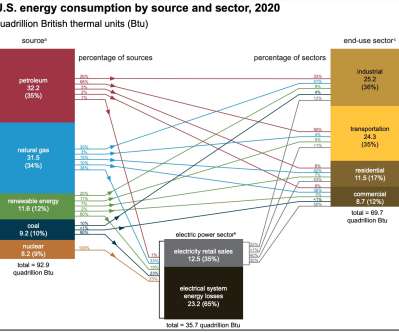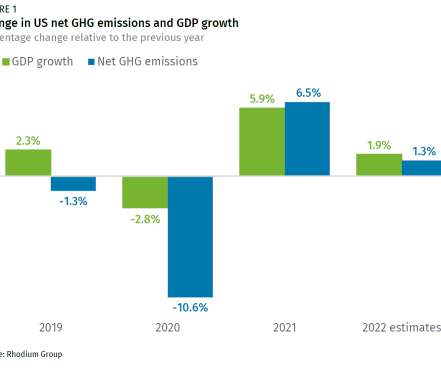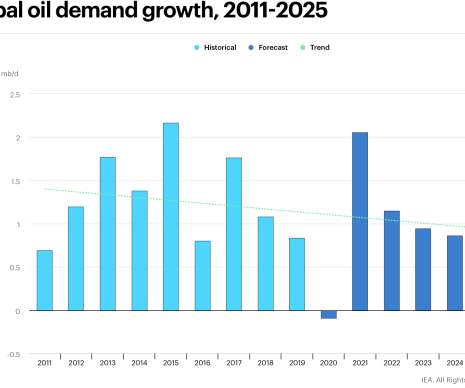EIA: US fossil fuel consumption fell by 9% in 2020, the lowest level in nearly 30 years
Green Car Congress
JULY 7, 2021
In 2020, total consumption of fossil fuels in the United States, including petroleum, natural gas, and coal, fell to 72.9 transportation sector, drove much of the decline. Every sector consumes petroleum, but the transportation sector accounted for about 68% of total petroleum consumption in 2020.












































Let's personalize your content